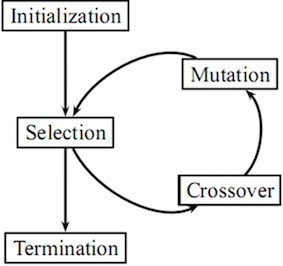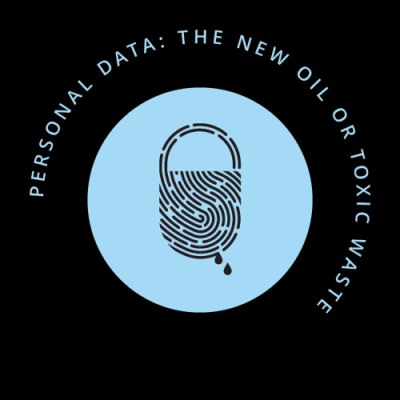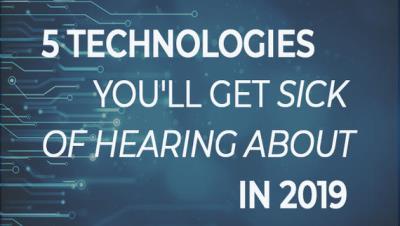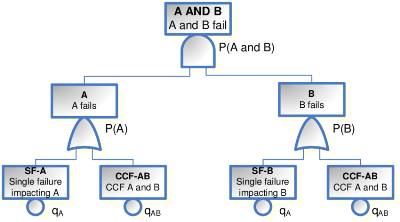Following our previous post on ‘How You Should Start By Being Cheerful‘, this post by Leo Babauta tackles a related topic: ‘A Guide to Letting Go of Stress‘.

Leo Babuta reminds us what is the real reason for our stress: “Things are out of control, not orderly, not simple, full of interruptions and unplanned events, health problems and accidents, and things never go as we planned or imagined. But this is the way the world is — the stress comes not because the world is messy and chaotic, but because we desire it to be different than it is.”
This is a very important statement, and one that we tend to forget. Stress is generated by the difference between reality and expectations. Since there are quite many things we can’t change in reality, we need to manage our expectations and ideals (the alternative, to alter reality to align with our expectations, is not a sustainable solution).
Therefore the recommended practice is to put together the conditions for self-awareness of this misalignment between reality and expectations, and let go of that difference (more details in the post). And then, “Even in moments of chaos, you can be free, and even appreciate the beauty of the chaos.”
Let’s remember that stress is indeed a misalignment between a messy reality and inner hopes and expectations, and that the solution is to realign both by letting go.











